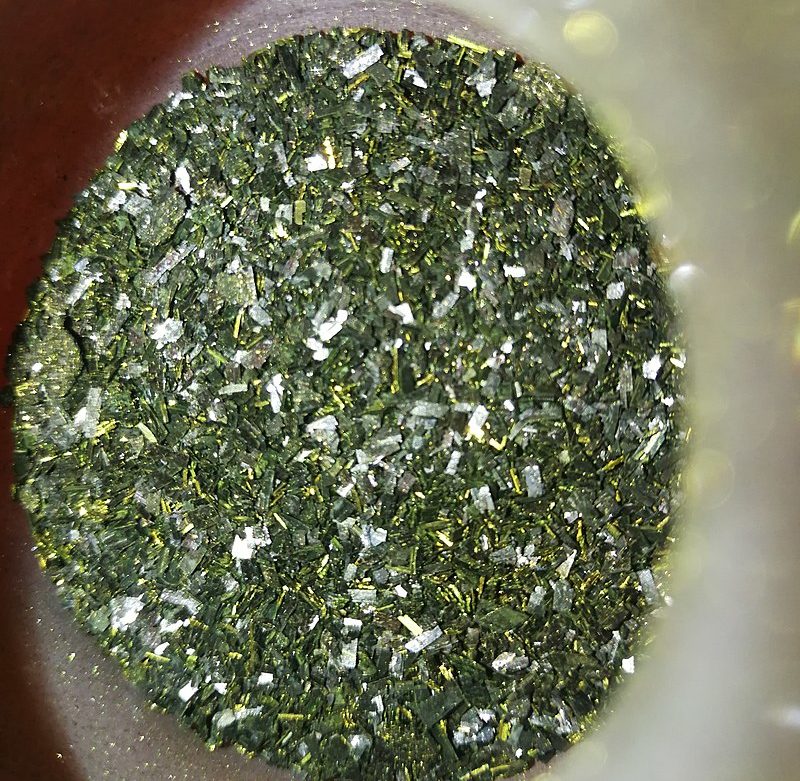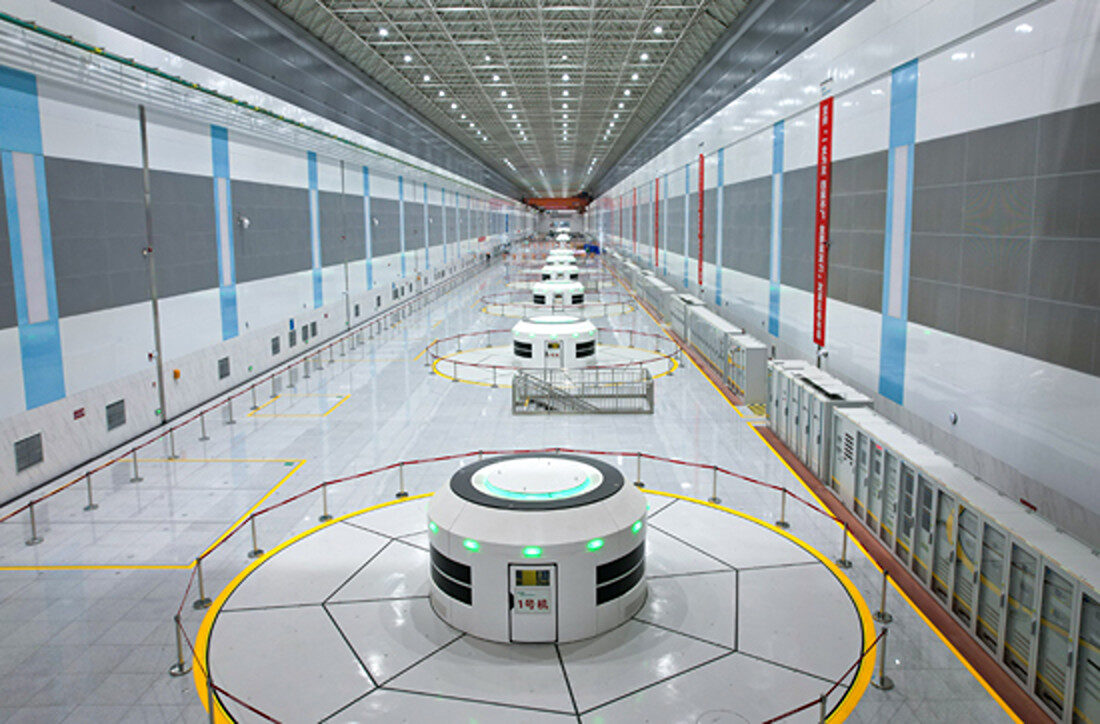There is no shortage of materials promising to kick off “the next generation” in energy storage. Among these, lithium-sulfur batteries have proved popular among researchers and commercial developers, with the potential for higher capacity than today’s energy storage technology, while replacing some of the rare, valuable materials used in batteries with cheap, abundant sulfur.
Lithium-sulfur batteries, however, tend to be limited by a side effect known as polysulfide shuttling, which leads to sulfur leaking from the cathode as the battery cycles, rapidly reducing its performance. Different solutions have been suggested for this, many involving the use of conductive nanomaterials to mitigate the shuttling effect.
Scientists led by Pusan National University in South Korea developed one such material, beginning with methylene blue – a common organic salt used in textile dyeing and various other applications. The group dissolved methylene blue into a solvent, and used heat and plasma to produce a porous carbon material, doped with both nitrogen and sulfur. This material was then applied to the separator film placed between the cathode and anode a lithium-sulfur battery. The fabrication and application of the coating are described in full in the paper Plasma-engineered organic dyes as efficient polysulfide-mediating layers for high performance lithium-sulfur batteries, published in Chemical Engineering Journal.
Batteries manufactured with the coating achieved a specific capacity of 1,329 milliamp hours per gram (mAh g−1) and retained specific capacity of 669 mAh g−1 after 100 cycles at 0.3 degrees Celsius. While the battery would need to retain a much higher portion of its capacity after 100 cycles to catch the eye of commercial battery developers, the results serve as proof of concept for the approach, and should inspire further research. “This work highlights the potential application of this heteroatom-doped carbon material in Li-S batteries, as well as the viability of dye compound-derived carbon materials in energy storage devices,” the group noted.
Beyond lithium-sulfur, the group speculates that its approach could be useful in other energy storage technologies, and that other organic dye substances may also be worth investigating for similar applications. “Our findings show that methylene blue, and possibly other dyes, can be useful in next-generation energy storage systems,” said Seung Geol Lee, Professor of Organic Material Science & Engineering at Pusan National University. “We expect our results to greatly contribute to the manufacturing of not only lithium-sulfur batteries but also various other energy storage systems such as sodium-ion batteries, in which carbon materials can be used.”
This content is protected by copyright and may not be reused. If you want to cooperate with us and would like to reuse some of our content, please contact: editors@pv-magazine.com.




By submitting this form you agree to pv magazine using your data for the purposes of publishing your comment.
Your personal data will only be disclosed or otherwise transmitted to third parties for the purposes of spam filtering or if this is necessary for technical maintenance of the website. Any other transfer to third parties will not take place unless this is justified on the basis of applicable data protection regulations or if pv magazine is legally obliged to do so.
You may revoke this consent at any time with effect for the future, in which case your personal data will be deleted immediately. Otherwise, your data will be deleted if pv magazine has processed your request or the purpose of data storage is fulfilled.
Further information on data privacy can be found in our Data Protection Policy.